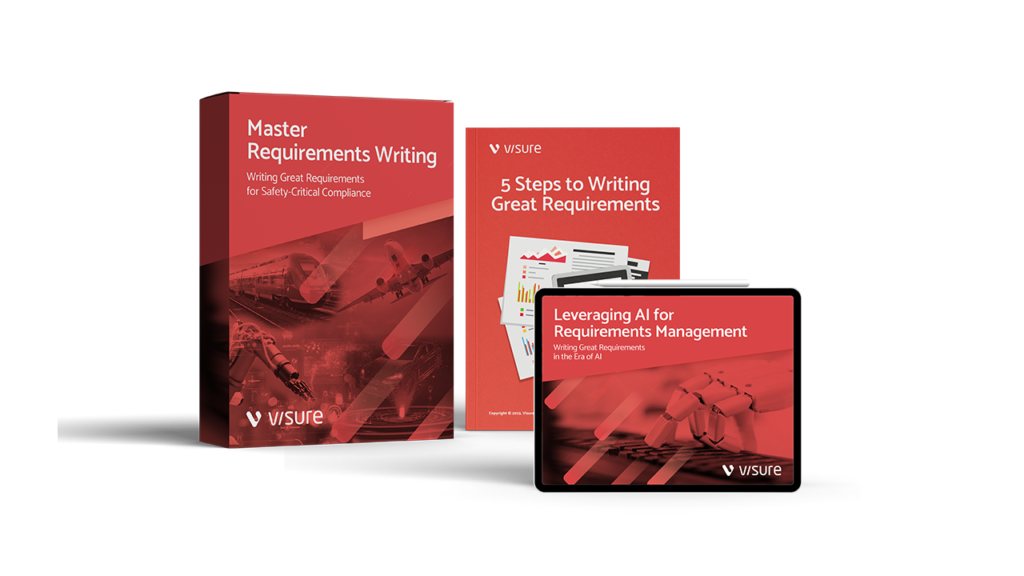Introduction Requirements management is a critical process in project development that ensures all project requirements are accurately defined, tracked, and met throughout the lifecycle. It involves identifying, documenting, organizing, and maintaining requirements to meet stakeholder needs while adhering to regulatory and industry standards. Effective requirements management helps reduce risks, improve quality, and ensure project success. […]
Blog Visure solutions
Best 20+ CI/CD Software Solutions and Tools for 2025
Introduction In today’s fast-paced software development world, Continuous Integration (CI) and Continuous Deployment (CD) tools have become essential for automating processes and ensuring smooth, efficient workflows. CI/CD tools streamline the development lifecycle by automating the integration and deployment of code, helping teams release software faster and with fewer errors. By continuously testing and integrating new […]
Read More… from Best 20+ CI/CD Software Solutions and Tools for 2025
AI in Application Lifecycle Management (ALM)
As software development becomes increasingly complex, the need for effective Application Lifecycle Management (ALM) has never been greater. ALM involves managing the entire software development process, from requirements gathering to release and beyond. To improve ALM processes and outcomes, organizations are turning to Artificial Intelligence (AI) and Machine Learning (ML). In this article, we will […]
Read More… from AI in Application Lifecycle Management (ALM)
4 Stages of the Bidding & Tendering Process
Tender planning is a critical process in the complete procurement and tendering process, where organizations invite bids from potential suppliers or service providers to fulfill their requirements. It involves meticulous preparation, strategic decision-making, and adherence to best practices to ensure a successful tendering process. Effective tender planning not only helps organizations secure the best value […]
How to Streamline Your Procurement Process with Requirements Management
Introduction In today’s competitive business environment, streamlining the procurement process is crucial for improving operational efficiency and reducing costs. A well-optimized procurement system ensures the timely delivery of goods and services, minimizes errors, and enhances collaboration between stakeholders. At the core of a streamlined procurement process lies Requirements Management, which plays a pivotal role in […]
Read More… from How to Streamline Your Procurement Process with Requirements Management
Procurement Risks: How to Manage Them
Introduction Procurement risks are inherent in business operations, posing potential threats to supply chains, cost efficiency, and overall organizational success. These risks can stem from various factors, such as supplier issues, market fluctuations, and regulatory changes. Effective procurement risk management is crucial for businesses to ensure continuity, minimize disruptions, and maintain smooth operations. Managing procurement […]
Procurement Planning: Process Steps & Stages
Introduction Procurement planning is a critical process in project management and organizational success, ensuring that the right goods and services are acquired at the right time, cost, and quality. It involves identifying organizational needs, defining the procurement process, and setting clear objectives to meet project and business goals. Organizations can minimize risks, control costs, and […]
Read More… from Procurement Planning: Process Steps & Stages
Best Bid & Tender Management Training and Courses
Introduction Procurement and tender management are critical components of modern enterprise operations, directly impacting cost efficiency, supplier relationships, and organizational success. In today’s competitive business environment, mastering the tendering process and procurement best practices is essential for securing optimal vendor agreements and driving value across supply chains. Effective training in procurement skills development equips professionals […]
Read More… from Best Bid & Tender Management Training and Courses
Best 15+ Bid & Tender Management Tools & Software for 2025
Introduction Tender management plays a crucial role in procurement processes, ensuring that businesses can efficiently handle the complexities of inviting, evaluating, and awarding tenders. It is a key component in ensuring compliance, transparency, and fairness in the bidding process. With the growing need for efficiency and accuracy, companies are increasingly turning to Tender Management Tools […]
Read More… from Best 15+ Bid & Tender Management Tools & Software for 2025
Best 15+ Procurement Management Tools & Softwares for 2025
What Are Procurement Management Tools? Procurement management tools are specialized software solutions designed to streamline and optimize the procurement lifecycle. These tools enable organizations to manage procurement tasks such as sourcing, purchasing, invoicing, and supplier collaboration. Integrating functionalities like procurement automation, supplier relationship management, and vendor management software ensures efficient operations and cost savings. Why […]
Read More… from Best 15+ Procurement Management Tools & Softwares for 2025
